
South American Wines: Vocabulary, Regions, Tasting Tips, and More
A Tour of South American Wine Regions and Spanish Wine Vocabulary
Yes, it’s hard to beat French wine. I should know—I spent a year living in Bordeaux, sipping bold supermarket reds on the shores of the Garonne.
But then I moved to South America, and I thought I had left behind the days of ridiculously cheap—and fantastic—grocery store wine.
I was wrong.
Of course, I had the vague notion that Chile and Argentina were large wine exporters. But I knew nothing about the scale of the scene and the expertise of Latin American vintners until I called this continent my home.
South America offers many hidden gems, from sparkling boutique wineries surrounded by incredible natural beauty. These wines often fly under the radar. South America may not be at the top of your wine travel list, but I promise you that it really does offer a top-notch wine exploration experience.
So here’s your brief guide to South American wine—and Latin-American Spanish wine vocabulary—to expand your knowledge and prepare you for a visit to this region.
Basic Latin American Spanish Wine Terms and Vocabulary
To start our guide, let’s get familiar with the basic Latin-American Spanish vocabulary to understand the labels of your wines. This will help you navigate through Chile, Argentina, and Uruguay—the three Spanish-speaking countries on our tour. Stay tuned for a guide to Brazilian Portuguese wine vocabulary!
Wines and Labels
- Vino: The Spanish word for wine. Depending on where you are, you may hear this pronounced “bee-noh.”
- Vino blanco: White wine.
- Vino tinto: Red wine. Think “tinted” rather than “red.”
- Vino rosado: Rosé
- Vino espumoso: Sparkling wine made like Champagne but produced outside of the Champagne region of France.
- Cava: The term for a type of sparkling wine that originates in Spain. You may also see this sold in some parts of South America.
- Reserva: Literally, “Reserve”. This term varies depending on the region. In Argentina, wines carry the label Reserva when they have aged for a minimum of 1 year for red wines and 6 months for rosé and white wine. But in Chile, it usually refers to having higher alcohol content. Unlike in Spain or Italy, there are no laws around the usage of the term.
- Gran Reserva: Literally, “Grand Reserve.” Again, the meaning depends on the region. In Argentina, it usually refers to red wines aged for at least 2 years or to rosés and white wines aged for at least 1 year. In Chile, again, it typically refers to higher alcohol content. Again, there are no laws around the usage of the term.
- Pisco: Pisco is a type of brandy made from Pisco grape varieties in Peru and Chile.
- Vino Generoso: A very dry or fortified wine. It’s sometimes also used to refer to sherry.
Describing wines in Spanish
- Aroma: The smell of a wine. It refers to the wine bouquet.
- Añejo: Means “old” or “mature.” It usually means that a wine has aged in a barrel or bottle for some amount of time
- Joven: Means “young” and refers to wines that have not been aged long.
- Viejo: Means “old.” Refers to wines that have been aged for some time.
- Dulce: Means “sweet” wine. Some South American wines, especially those in Brazil, are produced to be sweeter than we’re accustomed to in other parts of the world.
- Seco: Means “dry”. Wines that aren’t sweet are described as dry.
- Roble: Means “oak.” You’ll see it referring to the wine being aged in an oak barrel.
- La vista: The look. It refers to what the wine looks like.
- En boca: in the mouth. It refers to what the wine feels like, or “mouth feel”.
- Equilibrado: Balanced.
How to Order Wine in Spanish
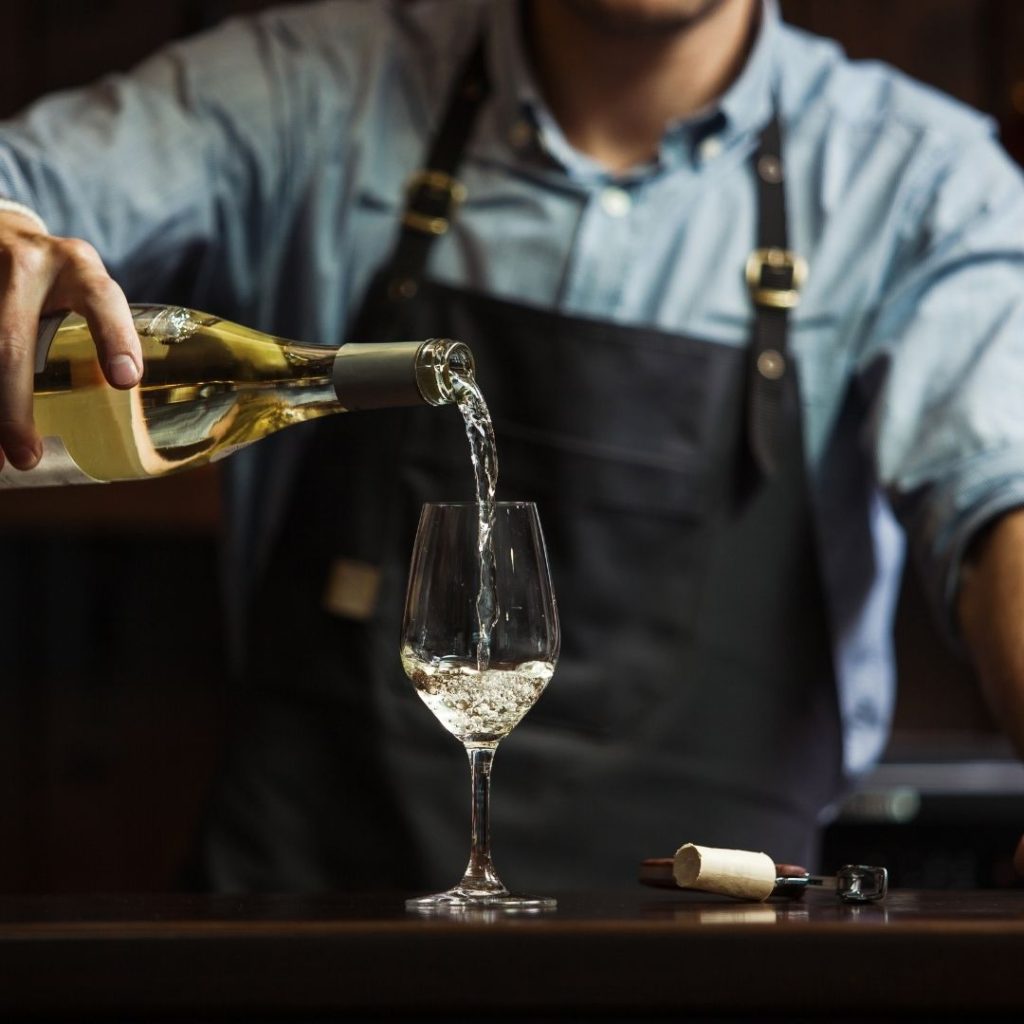
- Bodega: A winery or wine cellar. Often you’ll see restaurants use this term, too.
- La carta de vinos: The wine menu.
- Tinto de verano: A refreshing drink made from inexpensive wine mixed with soda.
- Una botella: A bottle.
- Una copa: A glass.
- Una cata: A tasting.
- Grados: Literally, “grades”. Used to refer to the percentage of alcohol. For example, 11 grados is the same as 11% alcohol.
The Best South American Wine Regions
The first thing to know about South American wine is the grape varietal and the geographical area. This is important because some grapes can develop better depending on territory conditions.
For instance, the Malbec grows well in some regions of Argentina, while the Carmenère and Cabernet Sauvignon thrive better in Chile. The Tannat is a specialty of Uruguay, and the Chardonnay and Moscato Branco do really well in the south of Brazil.
Pay attention to these factors to catch the best of each region in South America.
Major Wine Regions of Argentina
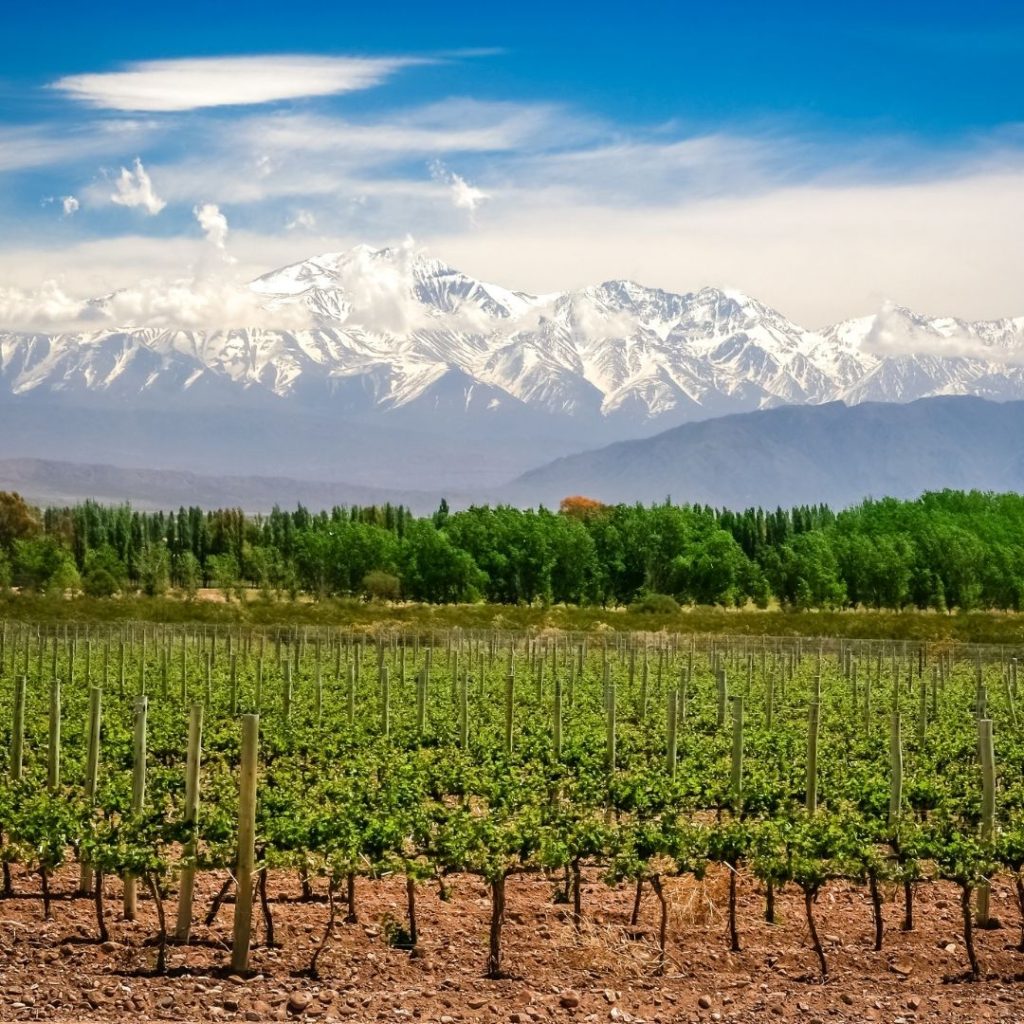
If you love wine, consider putting Argentina on your bucket list. Argentina not only offers a very favorable exchange rate for tourism ($1 USD = 91.59 ARS) but also has some beautiful natural landscapes with fantastic wineries.
The North: Salta, Catamarca, Jujuy, and Tucumán
Argentina’s northern provinces, including Salta, Catamarca, Jujuy, and Tucumán, have vineyards hidden throughout interlocking valleys with marvelous views. This region has some of the highest vineyards in Argentina, with some as high as 3,339 meters above sea level.
Such altitude and other climatic conditions favor the development of the Torrontés, a grape variety with a typical Malvasia flavor that is a highlight of this region. You’ll also find Cabernet Sauvignon, Malbec, Merlot, and Tannat as common grape varieties in this region.
The Cuyo: Mendoza, La Rioja, and San Juan
Further south, you’ll find the arid and fertile Cuyo region, which includes three main provinces: Mendoza, La Rioja, and San Juan. This area makes up the eastern foothills of the Andes Mountains and is Argentina’s largest wine-producing region and one of South America’s most important wine regions.
The Mendoza province is particularly spectacular and is the heart of Argentina’s wine industry. Here, you’ll find incredible natural attractions like the imposing Mount Aconcagua and plenty of wine tourism options.
In the countryside, you can appreciate the natural view of the rolling valleys while having lunch at a small family winery, or you can also take a wine tour at one of the many large and modern wineries, such as the Bodega Catena Zapatta or the Bodega Luigi Bosca. Both are run by friendly locals and will surprise you with the quality and depth of the wine. In this region, make sure you take the opportunity to enjoy some of the fantastic Malbecs.
Great wines from this region include Catena Zapata Adrianna Vineyard Mundus Bacillus Terrae, Familia Zuccardi Finca Piedra Infinita, and Achaval Ferrer Finca Altamira.
Major Wine Regions of Chile
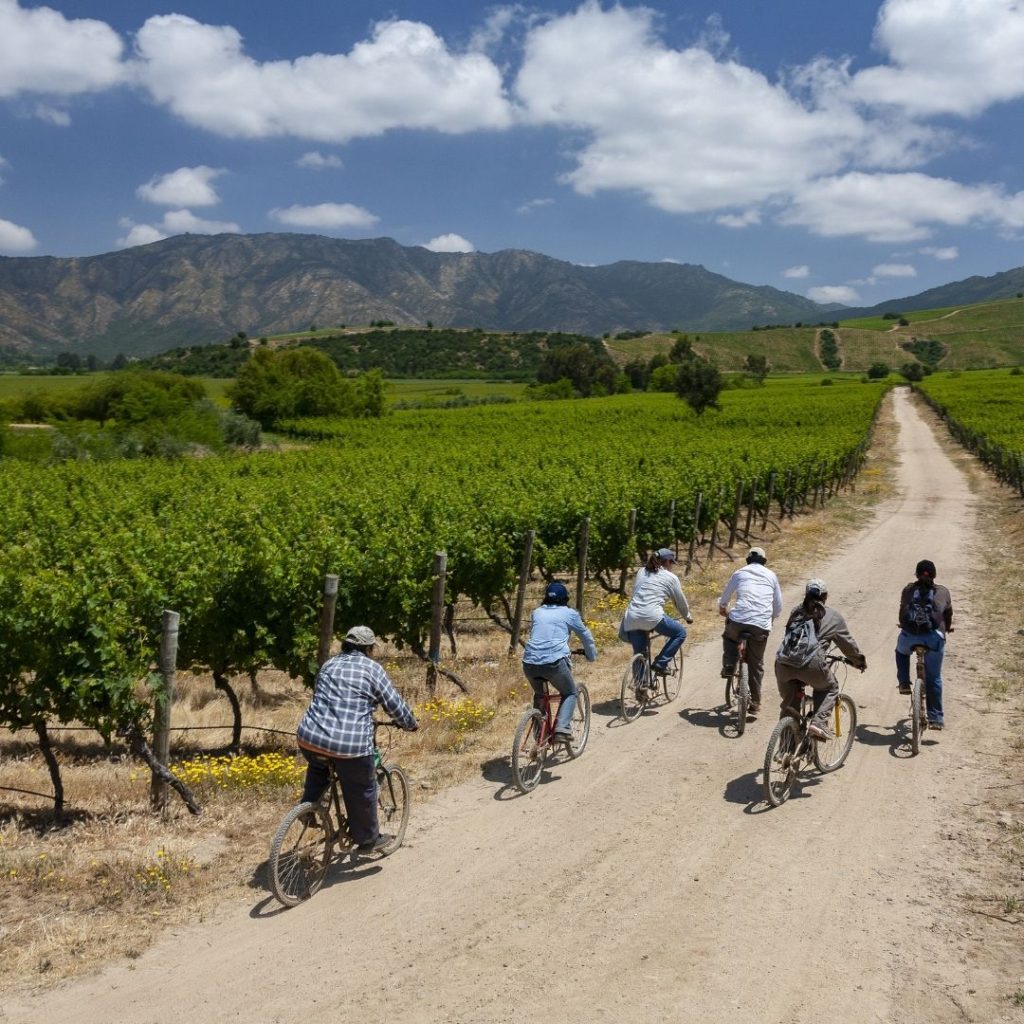
For good reason, Chile is perhaps the other best-known wine region of South America. It has a massive industry and plenty of different wine regions you can explore. With such unique geography—being squished between the Andes and the ocean—this country is full of mountainous landscapes, deserts, and beautiful valleys. With sunny weather and little precipitation, it’s perfect for many different kinds of grapes.
The Central Valley
The Central Valley region has some of the most famous valleys in Chile, such as the Colchagua, Maipo, and Maule valleys.
The Colchagua is one you can’t miss. It runs from the Andes foothills in the east to the Pacific Ocean in the west. Its warm and dry climate favors varieties like Cabernet Sauvignon, Carmenère, and Syrah. The Koyle Winery is one of the more famous spots in the Colchagua Valley.
Another good choice is the Concha y Toro Winery, perhaps the most famous winery in Chile. It’s located in the province of Pirque in the Maipo Valley.
From the Atacama to the South
You’ll find wineries spread throughout Chile, going from Atacama’s hot, arid regions to the coolest regions in the south. Each region provides a diversity of geographic conditions that favor different grape varieties. The Syrah variety, for example, does particularly well in the Coquimbo region, while the Pinot Noir develops better in the southern valleys.
Another important highlight in Chile is their efforts to make wine-making more sustainable. In fact, Chile already boasts that more than 75% of wine production uses sustainable vinticulture practices.
Wine Regions of Brazil and Uruguay
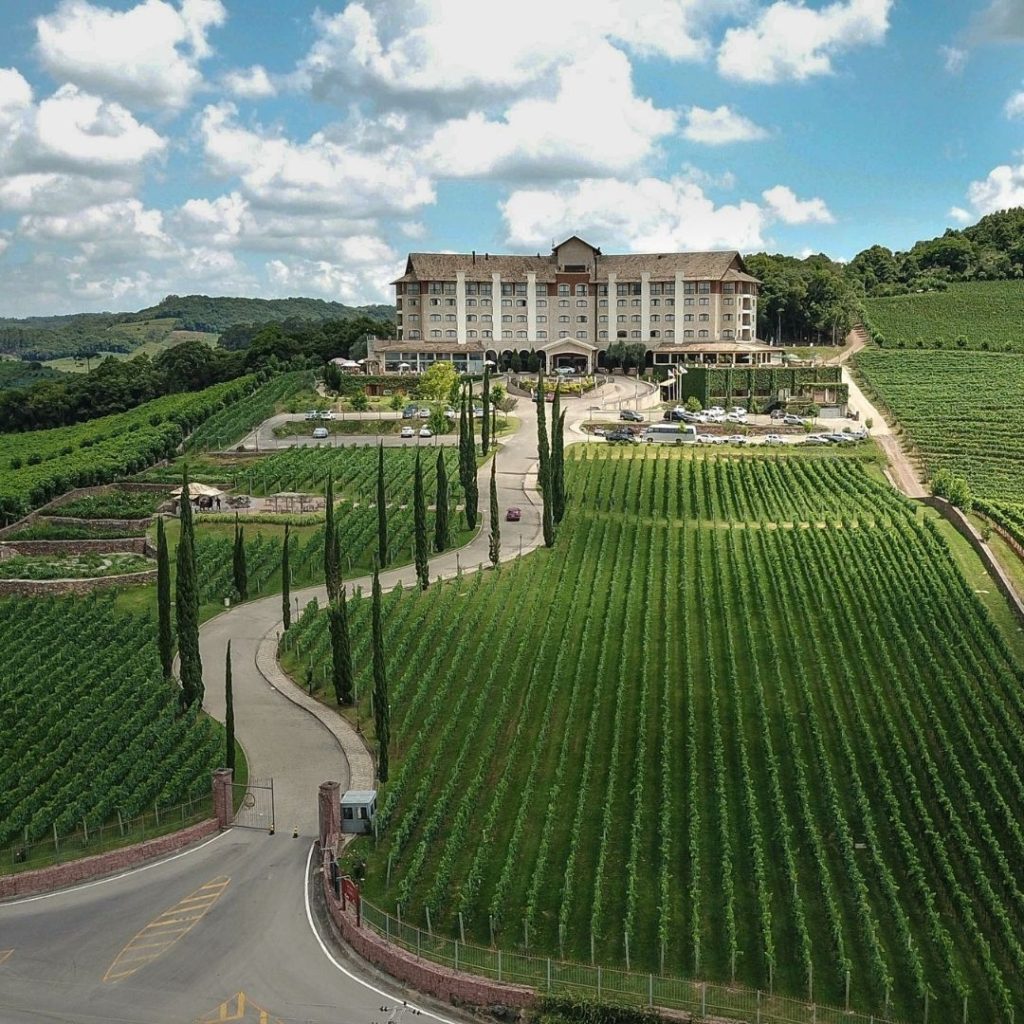
While not nearly as well-known as Chile and Argentina, Brazil and Uruguay have begun making names for themselves within the wine industry.
Brazil’s Northeast and the South
Several Brazilian wines, for instance, have been recognized by international wine awards. These include the Garibaldi Espumante VG Extra Brut, the Casa Valduga Gran Villa Lobos Cabernet Sauvignon 2015, and the Miolo Reserva Tempranillo 2018, each of which won gold medals in the 44th French Award Challenge Du Vin.
The country has found particular success in its sparkling wines produced in the San Francisco Valley region of Bahia, a northeastern state. Some of the southern states, including the state Rio Grande Do Sul, also produce wines with excellence recognized internationally.
Just remember: Brazilians speak Portuguese—not Spanish!
Uruguay
Compared to Brazil, Argentina, and Chile, Uruguay is a tiny country with much less land dedicated to wine-making. So perhaps it’s not surprising it’s not as well known for wine as its three larger neighbors.
But that doesn’t mean there’s nothing to enjoy here. Despite the country’s small size, it has many terroirs, ranging from rocky soil in coastal hills to humid pampa.
In Uruguay, the Tannat variety does very well. The biggest wine region here is Canelones, which encompasses 60% of the country’s wine production. Bodega Garzon Tannat Reserve 2018 and Cerro Chapeu 2017 Batovi are good Uruguayan wines to get you started.
How to Visit a South American Vineyard
Wine tourism is popular throughout South America. Each of the countries described above has many vineyards and cellars that offer special tours, allowing you to enjoy wine tasting and learn more about their wine traditions.
Wine Tours
Any large city in a wine-producing region of Argentina and Chile will have information on visiting wineries on your own. Several companies offer day tours or even several-day wine tours. These are convenient for travelers who want to do less planning and hit the main spots.
In Brazil and Uruguay, these companies exist too, although there may not be a physical wine tourism center in the city like there is in Argentina and Chile. Instead, you’ll have to find wine tour companies online.
Visiting South American Wineries on Your Own
Organizing a DIY wine in any of these South American wine regions is not hard. The biggest wineries usually have open daily tours with a set schedule. To attend these, you can simply show up and enjoy a glass of wine while waiting for the tour.
For smaller wineries, you usually must make an appointment to visit. This is especially true when wine tasting includes lunch or food pairings.
Tasting South American Wine Like a Pro
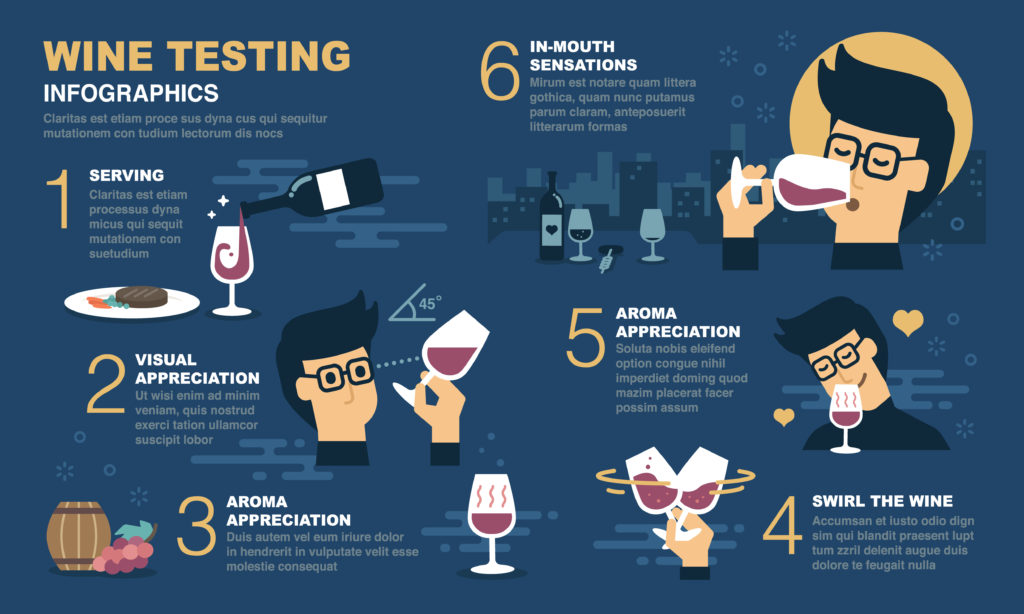
Finally, to get the most out of your bottle, you need to know how to properly taste wine. Here you have a few very basic tips for understanding and enjoying your wine:
First, give it a good look.
Notice your wine’s color and clarity. Some wines have a stronger body and will be darker and more opaque; others will be lighter and clearer. If you swirl your glass slightly, you may see some tears dripping slowly down the side of the glass. These are called “legs” and indicate higher alcohol content.
Next, swirl your glass and smell it.
When smelling, try to identify the scents you are experiencing. You might smell hints of raspberry, vanilla, spices, citrus, or others.
The big moment: taste it.
When you finally take your first sip, consider the body of your wine—how rich is it? How full does it feel? Does it seem light, medium, or heavy in its taste? Also, pay attention to its sweetness, acidity, and fruity flavors—can you recognize any particular taste? And how does it taste after you’ve swallowed it?
Finally, think about it.
Now form an opinion: how was your experience? Did you like it? How balanced was the wine to you? Everyone’s palate is different, and you may like a wine that your partner doesn’t care at all for. That’s normal. Whatever you do, remember to enjoy the moment!
You’re Ready for a Trip to South America!
Now you’ve got the basics. All that’s left is to dive right into South America and its wine.
And while you can absolutely get by on a South American wine tour with just English or very basic Spanish (or Portuguese in Brazil), the best way to get the most out of your trip is to speak Spanish conversationally. Nothing will improve your experience like chatting with the winemaker directly while you’re sampling her finest reds.
So take some time while planning your trip to start learning Spanish. You’ll thank yourself when you’re sitting in that small Bodega in Argentina’s Mendoza making new friends.
No Comments for "South American Wines: Vocabulary, Regions, Tasting Tips, and More"